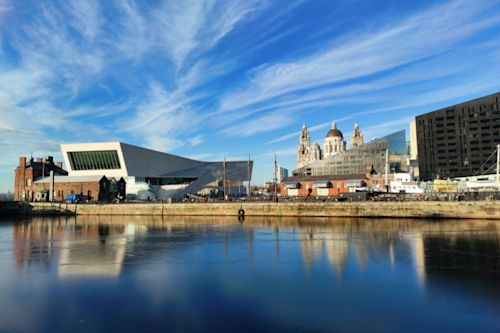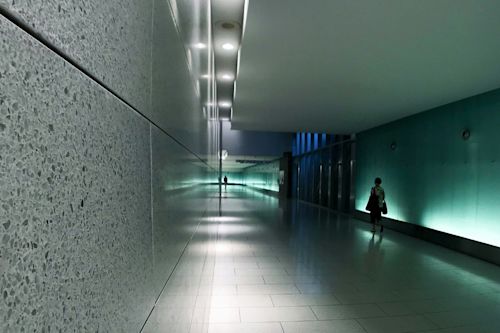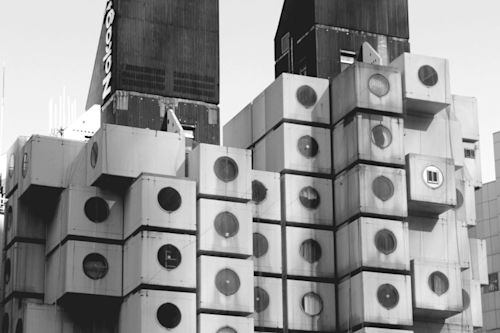Rapid urbanization means cities around the world are denser and more expensive than ever before. With land at a premium, an urban future where businesses and individuals can thrive will require intelligent, efficient and flexible room designs that maximize existing space. Innovative companies like Skyfuld, which creates flexible, vertical partition systems, are what will get us there.
The world is urbanizing at a staggering pace: By 2050, two-thirds of people will live in cities, up from less than a third in 1950. In 2000, there were 371 cities with over 1 million inhabitants; by 2030 that number will nearly double.
As people flood into cities, space is shrinking and prices are soaring.
In central London, 13.2 million square feet of new office space was being constructed last month—almost enough space to fill five Empire State Buildings. That commercial real estate doesn’t come cheap—between 2011 and 2015, the price rose by 70 percent in the city. London isn’t alone: In downtown Philadelphia, prices grew 87.5 percent in seven years, including 15 percent in 2015.
Space to Grow
Where land does exist, developers are looking for more creative—and desperate—uses of space. Developers are building cities upwards with towering office skyscrapers and outward with housing developments on sprawling city limits. At the same time, urban planners are exploring ways to revitalize abandoned lots and architects are finding ways to tuck apartments into the gaps between buildings.
Creativity, however, can only cut costs so far. In Hong Kong, the world’s most expensive housing market, the cost of home ownership has increased 126 percent in just over two decades and people are now spending 69 percent of their monthly income on mortgages.
One solution are the 25 square foot capsules young people are renting in shared apartments for between $400 and $650. Another is a recent proposal to build micro-apartments inside concrete drain pipes installed under flyovers or in car parks.
With land stretched to breaking point, some cities are even expanding into the water. In Dhaka, where the price of land increased by 74 percent from 2000 to 2010, developers are building houses in lakes, canals, and ditches. Engineers are even developing experimental models in Tel Aviv for floating suburbs built on barges that would support three 10-story buildings and expand the city into the Mediterranean.
Flexib****le Room Designs
The fight for space—and the increasingly improbable expansion of it—drives home the vital importance of using existing space as efficiently and versatilely as possible.
Before resorting to more dramatic interventions, law firms, conference centers, hotels, and universities must find innovative ways to maximize what they already have. One solution has been traditional office partition walls which, while effective, are tricky to store and take up valuable space.
Walls that can retract vertically, tucking into the ceiling when they’re not needed, are a clever design hack that can expand and contract space as needed—even in the most cramped and crowded urban environments.
Make two out of one: Fulding walls recessed into the ceiling offer flexible room design without requiring additional space.
Skyfuld, a dormakaba subsidiary, has developed flexible, vertically fuldable walls that can be installed in almost any room—be it an oversized conference room, a cozy office, or a tiered lecture hall. The walls can adapt to new circumstances within minutes and are carefully sound-proofed to maintain optimal acoustics. A variety of finish options, including wood veneer or personalized graphics, mean they blend into everything from a university lecture hall to a stylish hotel restaurant and allow full flexible room designs.
While floating suburbs and capsules houses may seem apocalyptic, density doesn’t equal doom. In fact, experts believe that denser cities could cut carbon emissions by a third. Cities are also economic powerhouses, generating 80 percent of global GDP and the bulk of international employment.
Exploiting urban promise—and avoiding peril—will require smart design solutions, making Skyfuld’s innovative vertical walls just the beginning of an exciting urban future.



